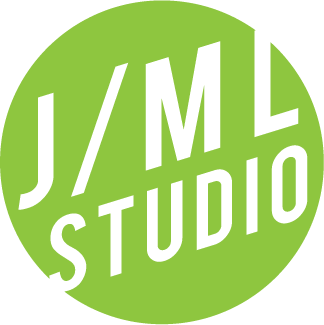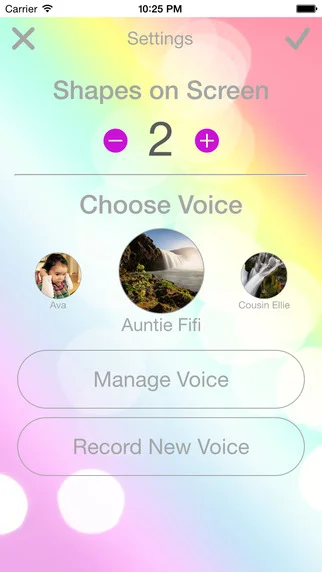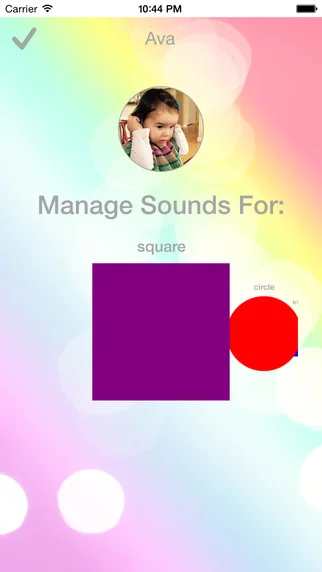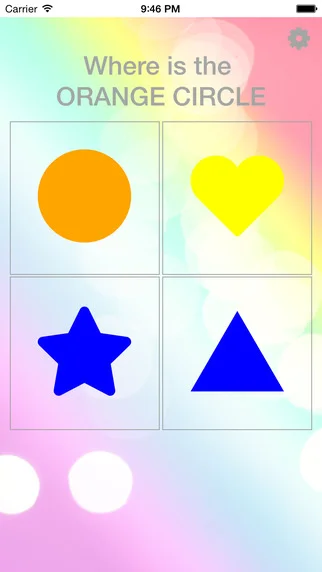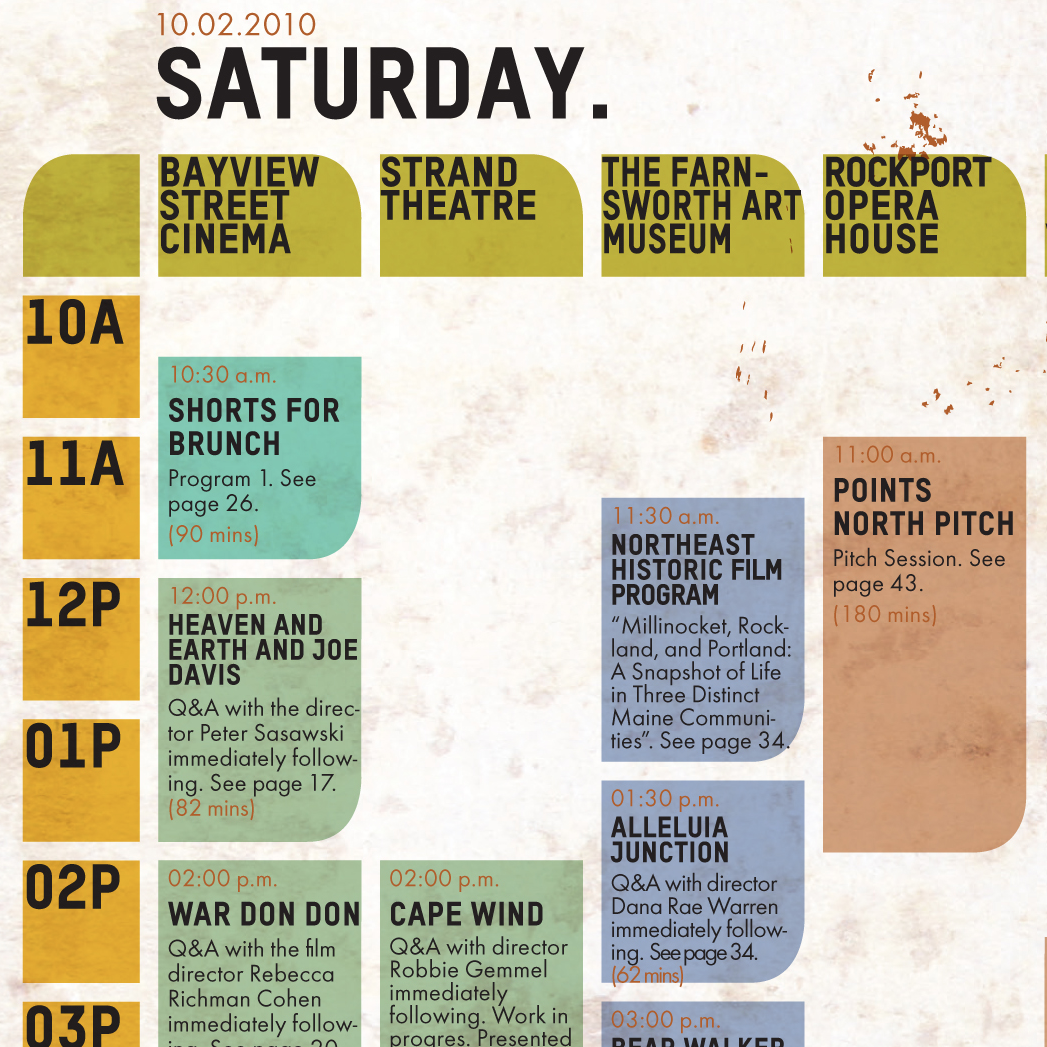“Design is in everything, and if you can see a design system (or pattern) in everything, it is the difference between memorizing how to put something together, and understanding multiple ways to build something when the environment or materials are dynamic.”
This is where I market myself.
I have a constant interest in smart devices, learning how they work exactly, and how I can use them to improve my life. When I think about it, I have always had some sort of piecemeal system I hobbled together with questionable open or beta software and parts that were not-quite made to do exactly what I needed them to do, with hardware not meant to be compatible with other hardware, spending countless hours to find solutions so that became more about overcoming a challenge than the original goal of automating certain tasks or monitoring various environmental factors, all before smart homes and IoT were a thing (because had they been a thing already, I would have just done that).
When I designed and built my chicken coop/ garden shed this year, the first construction project I had undertaken, I designed it as a testing grounds for a small solar system to gain understanding in order to be better equipped to design the system for my home. There hasn’t been been a challenge I will back down from, and finding new and better ways to execute my ideas is what motivates me. In the case of my luxury chicken condo, I built it in a modular way in order to better handle heavy work alone, and to build it in my basement where I had a warm, safe, controlled environment, enabling me to spend my time efficiently. Having an eye for design and engineering helped me to observe building practices utilized in other builds of the same type and size, and gain an understanding for requirements for factors I had never previously considered, like a specific roof slope to handle heavy snow loads in North East winters, or having windows and doors on the south side for passive solar.
Why am I talking about building a chicken coop when I should be marketing myself as a UX designer? Design is in everything, and if you can see a design system (or pattern) in everything, you already have an understanding of how to design and you have a guide to develop a process for executing on that design. My process isn’t perfect and I admit, room for trail and error is important (it is called “testing!”), but to me it is the difference between memorizing how to put together a thing, and understanding multiple ways to build a thing when the environment or materials are dynamic. It is why I am comfortable designing for a responsive web interface, a mobile app, a smart watch app, streaming app, AR, or VR, designing for the actual needs of a user over the idea of having a “seamless” experience, but instead having the right experience (the appropriate experience, the expected experience, the don’t-waste-energy-thinking-about-it experience) they were looking for. This is also why I am not afraid of machine learning, but rather excited for the future of AI in design.
I am right-left-brain balanced, I am analytical and creative, I can visualize the pathway to a solution using tried and tested methods, and I can invent new methods. I am exceedingly visual, I can identify patterns and problem solve in ways many can’t that enable me to pick up and learn tools extremely easy in order to research the most relevant information, intuit accurate hypothesis, test the relevant theories, and visualize clearly the possible solutions and present those solutions to stakeholders and explain the solutions in ways that not merely satisfies a project goal, but creates deeper understanding and collaboration. I don’t want a team that agrees with me, I want a team that understands the goal and will work together to create the best experience for our users with work we can be proud of, that expands our knowledge in the field collectively and individually.
